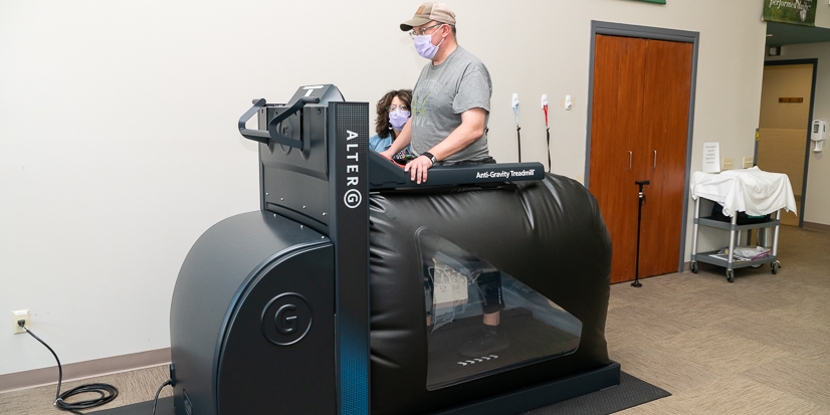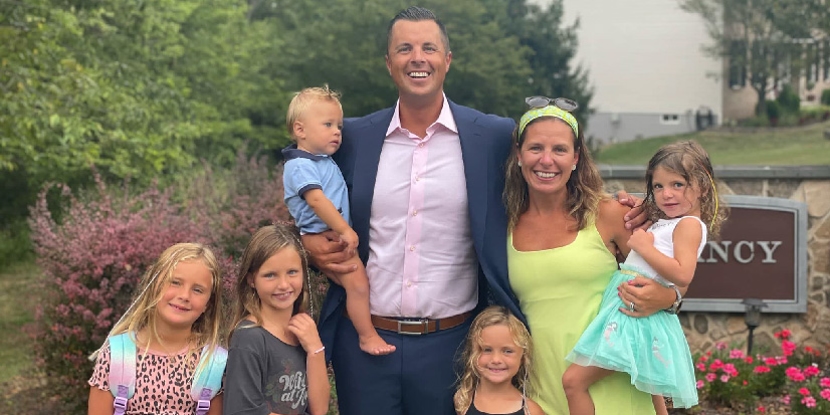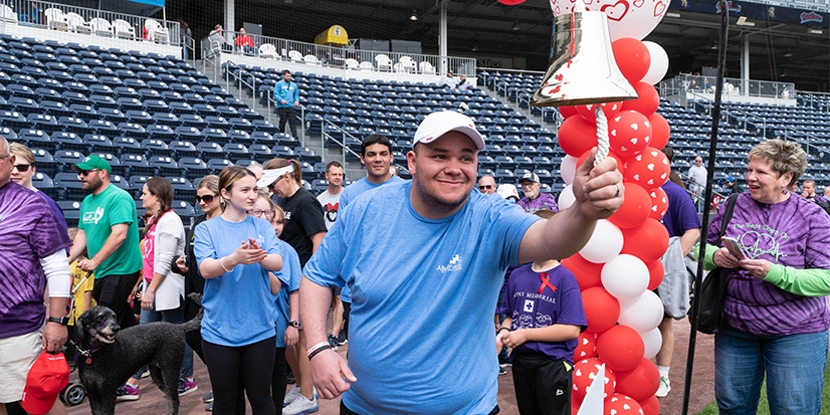Regina's Story
- Author: Regina L
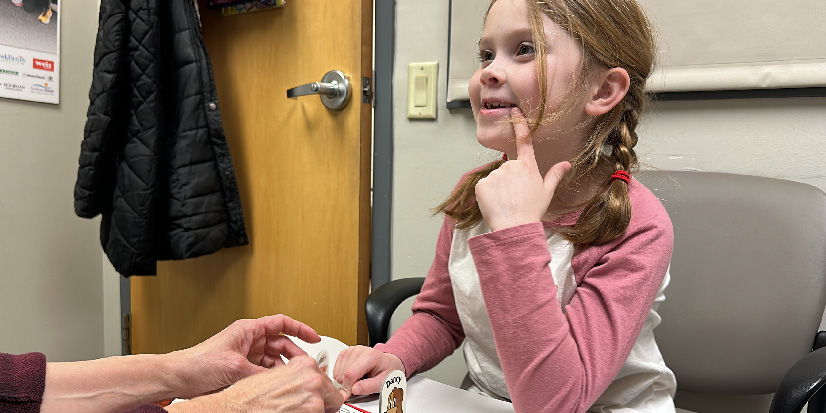

Watching a young, bright, and exuberant girl, you would never know that just a few years ago, her family was struggling to understand her as she seemed to be losing her ability to communicate with them.
“She was about two years old, and things just began to change,” noted Erin L. of Dupont. “We noticed Regina was talking less and less.”
“Not only was she talking less, but the words she did have or knew were suddenly gone - and week to week, she was losing more and more.”
That’s when Regina’s family sought out the help of the speech experts at Allied Services John P. Moses Esq. Pediatric Rehab Center in Scranton. Shortly after her therapy sessions began, Regina was diagnosed with Autism by doctors at the Children’s Hospital of Philadelphia.
Speech therapy, communication, and behavior
“Regina was just over two years old when she began speech therapy here at Allied Services, and at that time, she had a limited vocabulary,” explained Lynne Duncan, MS, CCC, SLP. “She would become very frustrated by her lack of communication skills and would scream and have tantrums.”
For children, behavior is a form of communication that’s used to meet needs. It’s how they let you know they either want something or want to avoid something. Most likely, the child is trying to express something that he or she can’t say in words. Children who are experiencing difficulty with speech or language will often become frustrated when they aren’t understood. This frustration then turns into action or tantrums.
“We began our work by trying to follow simple commands and establishing a yes/no system for basic wants or needs. We also worked on increasing word and world knowledge (vocabulary). We developed her skill of requesting objects by using gestures,” continued Lynne.
“All of this helped to reduce her frustration with communication, and as her vocabulary grew, so did her verbal skills. She began using single words, which quickly progressed to phrases and sentences.”
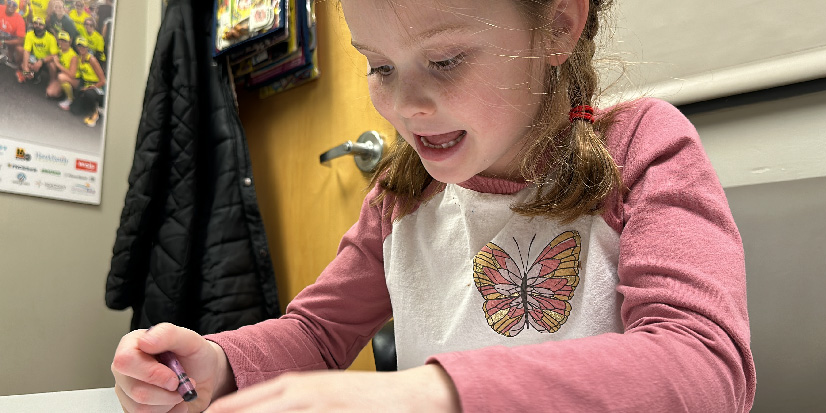
A family-centered approach to therapy
Studies have shown that, for most children, seeing a speech-language pathologist once per week isn’t an ideal amount of time to develop improved language skills. In fact, it’s hard to learn any new skill if it’s only practiced for 30 minutes per week. But if parents can work together with their child’s speech-language pathologist, they will learn ways to communicate with them and together, they can come up with goals and activities that can make a huge difference to their child’s language learning.
Daily activities are an excellent opportunity to build your child’s communication and language skills.
“Regina's family followed through on any and all home activities that I provided,” said Lynne. "They were instrumental in transferring goals to the home.”
Today, an active first-grader at Pittston Area, Regina is outgoing, hard-working, and getting excellent grades, noted her mother.
“Regina has so much personality,” added Lynne. “She always has a smile on her face and is so eager to learn. She can now express her specific wants and needs and uses her language to comment, question, and tell stories, too! Our work now focuses on keeping Regina's attention and focus on the task at hand, following more complex directions, and asking and answering more complex ‘wh’ questions.”
“She certainly has come a long way from where she began. I could not be more proud of Regina!”
Sustaining Pediatric Services - with YOUR help.
Each year, Allied Services provides:
- 29,784 pediatric therapy appointments.
- 8,524 hours of treatment to children on Medical Assistance.
- Services for 1,200 children in the Wyoming Valley.
Each year, the Pediatric Program in Scranton and Wilkes-Barre provides life-changing care to children, many of whom are underinsured or uninsured. Sustaining costly services and ensuring access to care for children in our area has become increasingly challenging due in part to escalating healthcare expenses and restrictive reimbursement rates. The extraordinary annual expenses incurred by the program place these vital pediatric services at risk in the future.

